What is the tolerance range of precision screws?
What is the tolerance range of precision screws?
Service Hotline
+86760-8787 8587We have more than ten years of production experience in the screw industry. The main products are: Hexagon flange bolts, 304 core pulling nails, red copper flat head rivets, flower tooth butterfly washers, aluminum alloy bolts, full tooth lengthened bolts, internal and external thread nuts, accessories nuts ,Q410 internal serrated lock washer, through-hole star handle plastic wood nut, small yellow croaker bolt, spring washer with flat washer, inner stop washer, combination pan head socket head bolt, flat washer set with hex screw nut, nylon lock Tighten lock nuts and other fasteners, due to the different materials and specifications of the products, the prices are also different, please contact us if necessary.


Guangdong Yueluo Hardware Industry Co., Ltd. discloses a countersunk head rivet. The countersunk head rivet includes a nail body and a mandrel. The nail body is tubular, and one end is provided with a nail cap. The mandrel passes through the nail body from the cap end and forms a diameter. For the nail head larger than the internal diameter of the nail, the nail cap is close to the end of the nail head to form a countersunk head. When the countersunk head rivet is in use, the nail body forms a countersunk head structure to the riveted metal piece under the extrusion of the nail head, so that the two riveted metal pieces are firmly riveted without the nail body protruding from the metal piece.
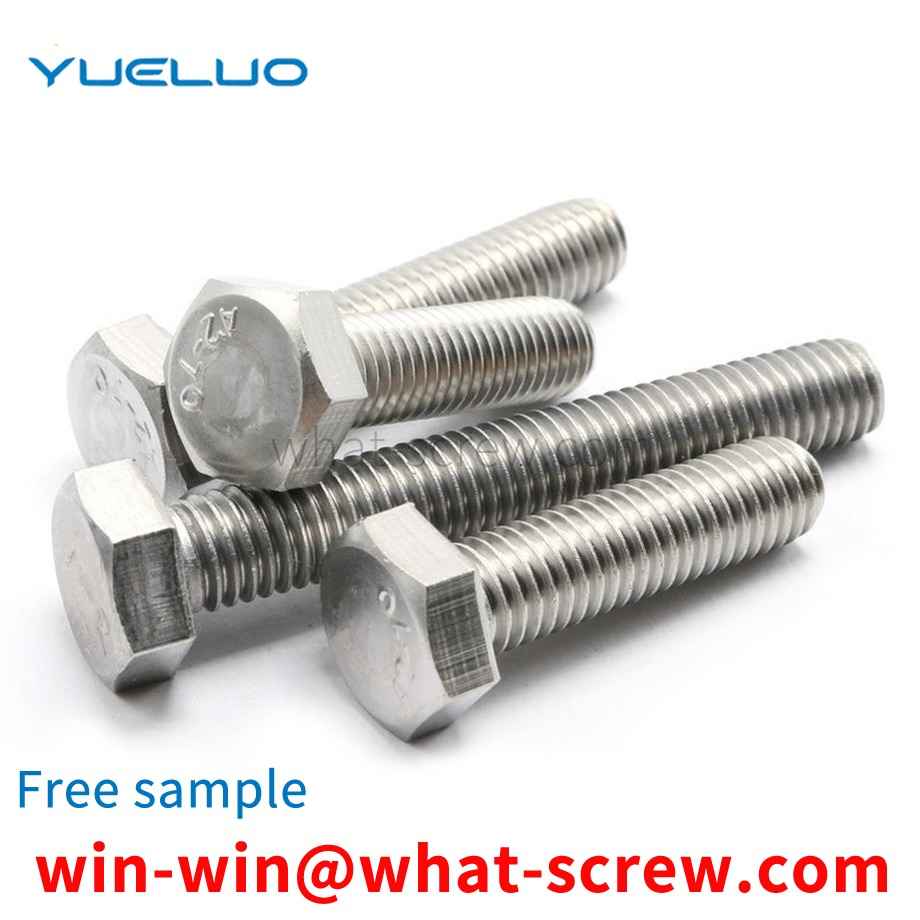
High-strength self-locking nut for boats and bridges, it can convert the friction force into the expansion force between the bolt and the slot nut to achieve excellent self-locking effect. There are two slots on the upper part of the ESL nut. When the nut is tightened on the bolt, the thread of the bolt will be screwed into the slot of the cross section of the nut, and the thread will be gradually locked by the side wall of the nut to achieve the function of self-locking. The exquisite production process can keep the torque type of the locking element consistent, and the products are generally used in railway casting, rail transit, transmission system, mining equipment, highway, military, oil production machinery, automobile industry, public facilities, subway, engine, construction machinery , aerospace, drilling equipment, bridges, generators, agricultural machinery, shipbuilding industry, metallurgical equipment, trains, compressors, medical machinery, signal systems, wind power generation
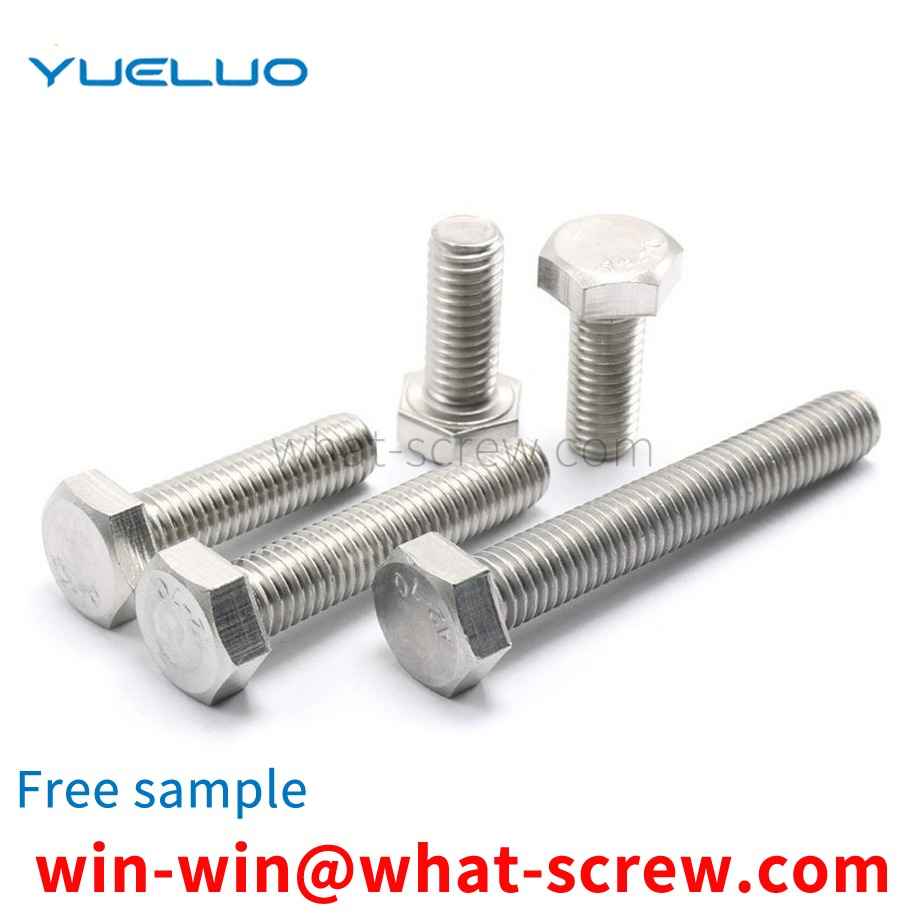
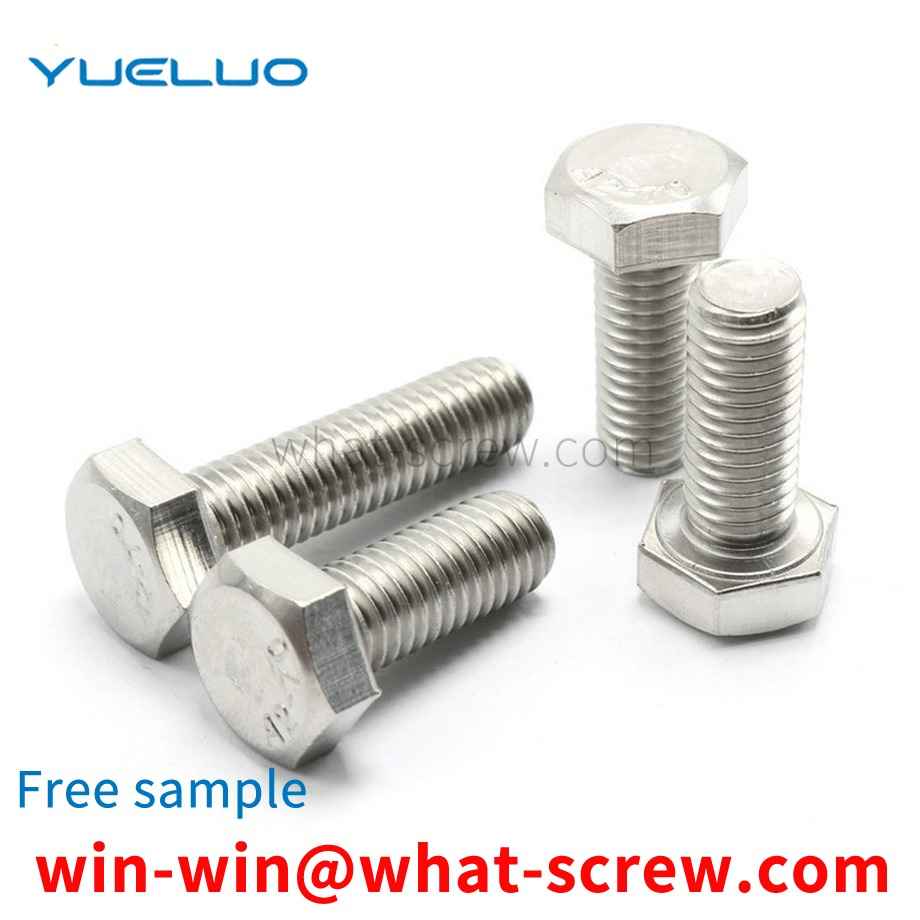
The retaining ring is a ring-shaped component fastened on the shaft and the inner hole. Its main function is to prevent other components installed on the shaft and the inner hole from sliding axially on the shaft. It is a fixed standard part.
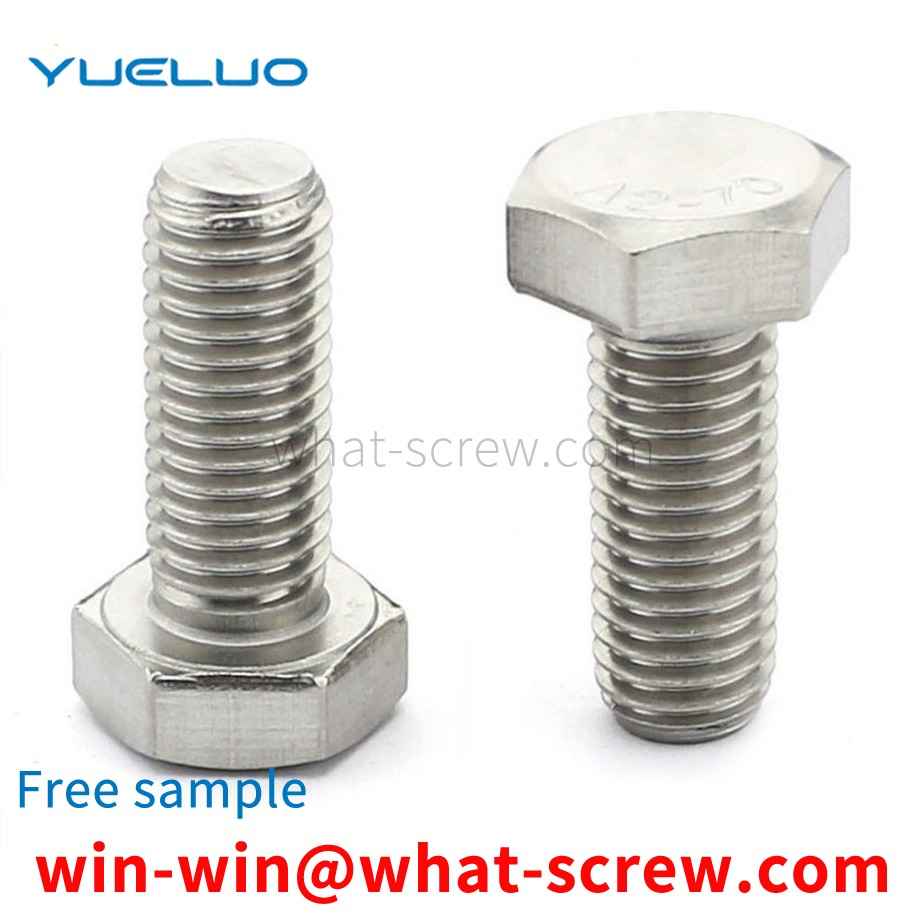
The Greek mathematician Arkutas once described the principle of screw, screw, screw. In the first century AD, the Mediterranean world had begun to use wood screws, screws, and screws in screw presses that could press olive oil from olives, or make wine from grapes. Before the fifteenth century, metal screws, screws, screws were rarely used as fasteners in Europe. Rybczynski (Rybczynski) proves that hand-held screwdrivers and screwdrivers existed in the Middle Ages (at the latest AD 1580), but it was not until the eighteenth century that threaded fasteners were commercialized and began to be widely used. . Before threaded fasteners were widely used, there were many different ways of tightening. Mostly related to woodworking and forging, and less to machining, concepts such as dowels and pins, wedges, tenon and tenon, dovetails, nails, forge welding, and others are tied with leather or fiber and tied together. Before the mid-nineteenth century, ships were built with cotter pins, pin bolts, or rivets. There were also adhesives, but not as many as they are here today. Metal screws, screws, and screws became commonly used fasteners after the use of machine tools in the 18th century to mass-produce screws, screws, and screws. This technology developed around the 1760s and 1770s, along two separate processes. Approaches, but quickly converged: wood screws, screws, screws (metal screws for wood fixing, screws, screws) are machined with single-purpose, high-yield machines, and low-volume, mold shop style production V-Thread Machine Screws, Screws, Screws, can choose from a variety of different pitches.
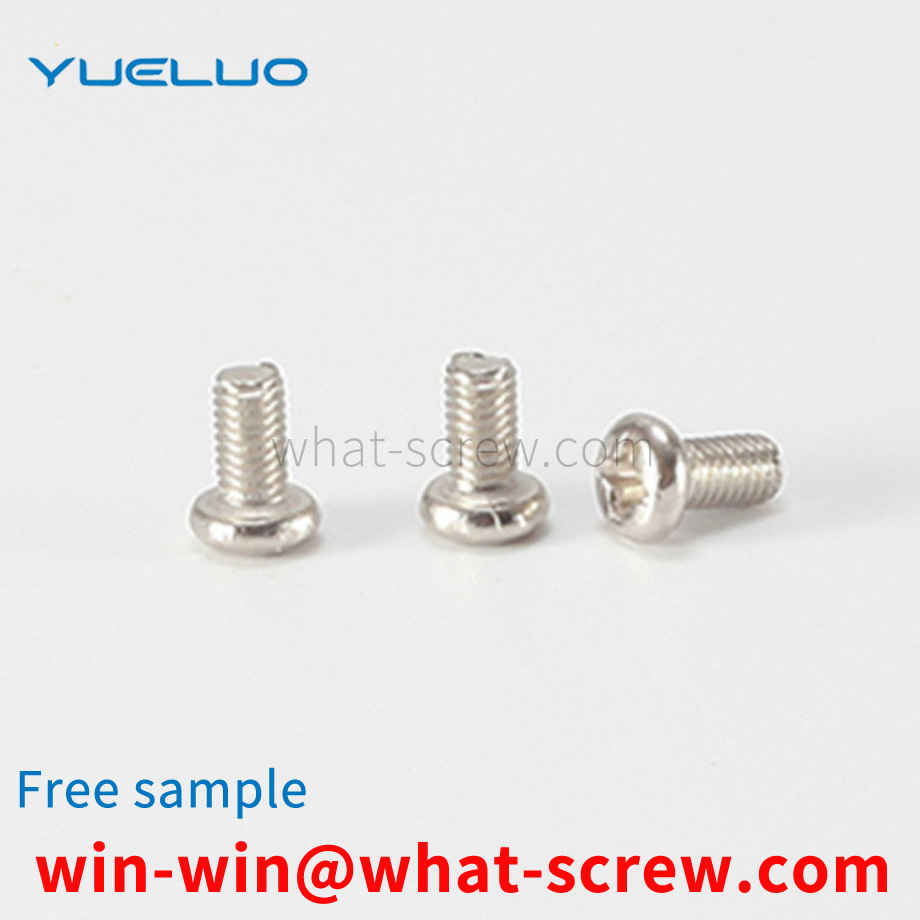
The above content is uploaded by Yueluo or the Internet. If there is any copyright issue, please contact [email protected].

What is the tolerance range of precision screws?

How to choose the right stainless steel screw manufacturer?

Why is there an R angle under the head of the hexagon head s...

We have more than ten years of production experience in the ...

We have more than ten years of experience in the production ...

We have more than ten years of experience in the production ...

We have more than ten years of experience in screw industry ...